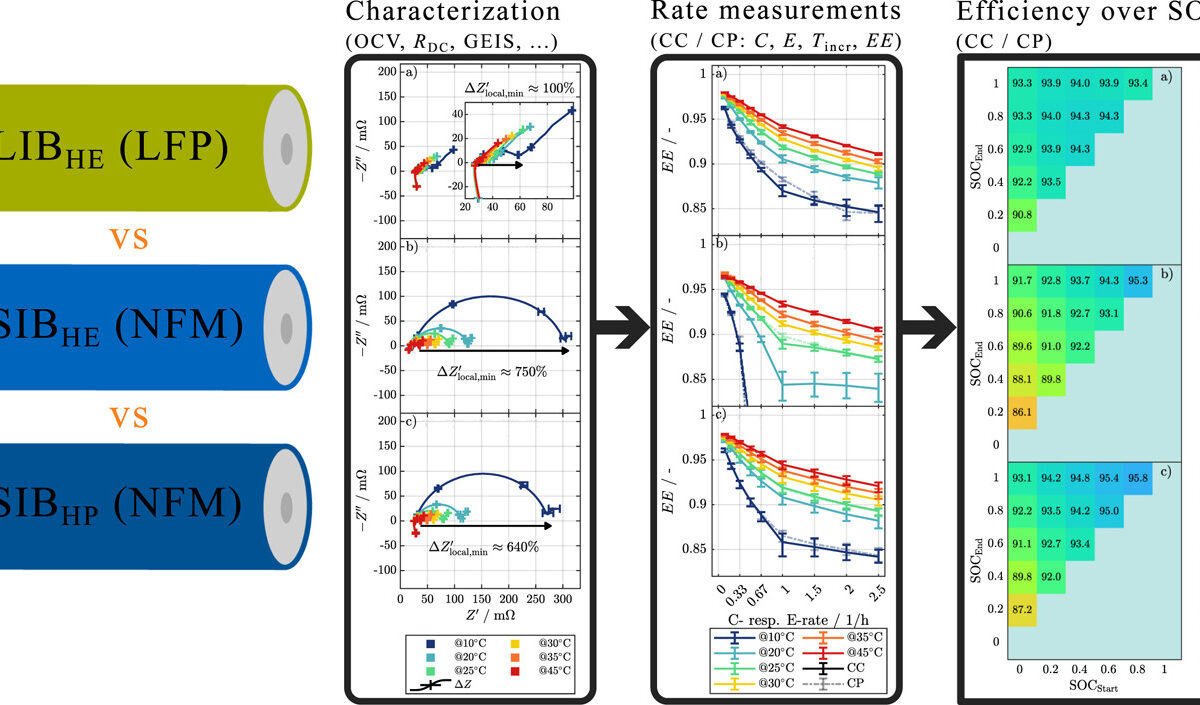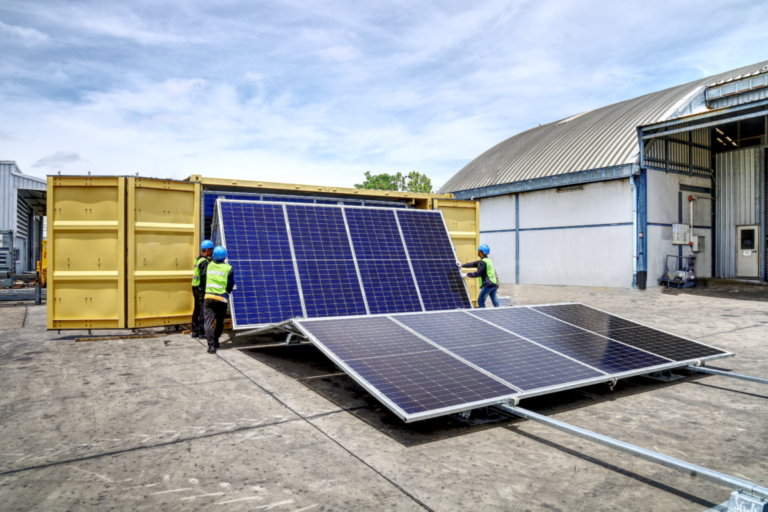Energy Solutions Company Australian Flow Batteries has its container battery system for the Vanadium container in West -Australia, which can be stored in less than an hour to protect modules during the annual cyclone season of the region.
West-Australia (WA) -Doodquartered Energy Solutions Company Australian Flow Battery (Fig) has a containerized hybrid solar and vanadium Redox Flow battery (VRFB) Diesel replacement system (DRS) installed on the Onslow Navy Support Base.
The DRS system of Fig that is currently being implemented in Onslow contains a retractable 110 kW of solar array together with a VRFB, which was once commissioned and operational, will support a green site facility, together with further extensions for a one Introduce green shipping solution while he introduces Berthago.
Fig -President Mark Reynolds told PV -Magazine The system supports the already carbon-neutral gate facility and will try to offer a green solution for ships when in the Omsb port in the future for operational, maintenance or maintenance requirements.
“The scalability of this system is of great advantage, it is just as simple as adding more containers of VRF batteries or containerized solar panels to scale up. Once on site, an array is unraveled from a container of 6 meters and, when implemented, a footprint of 6 mx 136 m covered, “said Reynolds.
It has a typical average yield of 528 kWh/day, up to 4 MWh/day in clustered setups, with the power 55-95 kW for a single unit and 330-570 kW for clustered units.
The capacity to pack quickly makes the DRS well suited for the Wind Region D rating of the Omsb, where the system can be resistant to wind speeds of up to 86 km per hour without ground anchors.
“Having a container solution that is easily used or packaged or moved prior to a weather event such as a cyclone, protects the solar panels. Because there is sufficient warning when there is a cyclone, it takes less than an hour to withdraw the solar system into the container and once the cyclone is successful, you can re -implement it from damage, “said Reynolds.
Fig -Director Shane Meotti told PV -Magazine The plug-and-play system combined with a VRF battery offers a solution for many applications that are not only mining or agriculture, and external communities.
“There is a whole series of off-grid scenarios for which the DRS is absolutely ideal. We have pursued the vanadium flow technology for a number of reasons, but safety and suitability for the Australian climate are the most important factors, “said Meotti. “We deal with a number of problems with lithium in terms of safety and fire; Thermal runaway, but also the sustainability aspects and sustainability within Australia. “
The mobility of the system also ensures convenience from transport to external communities throughout Australia, although the company has also received interest from Pacific Islands and Southeast Asia.
“The potential for which this system has external communities is huge, as far as the Power protection And the environmental and financial consequences for communities that still burn diesel can lower our system the deliveries of diesel by 80 to 90%, “said Meotti.
“The logistics of moving that required fuel is huge and the carbon emissions of diesel is very high, so I think our solution is innovative. It is a big shift and what I consider as a re -assignment of proven technology and design. “
“The great thing about this system is that it is a one -off delivery. Once implemented, it is, and it is then checked for performance and maintenance via the cell network or satellites in our web -based energy management system, “said Meotti.
Meotti added the used vanadium battery, originally invented at the University of New South Wales (UnSW), does not require air conditioning and has a lifespan that corresponds to the solar panel.
“When you work the two together, your like -minded energy costs from the panels and the storage will actually be very, very competitive“Said Meotti.
This content is protected by copyright and may not be reused. If you want to work with us and reuse part of our content, please contact: editors@pv-magazine.com.
Popular content



